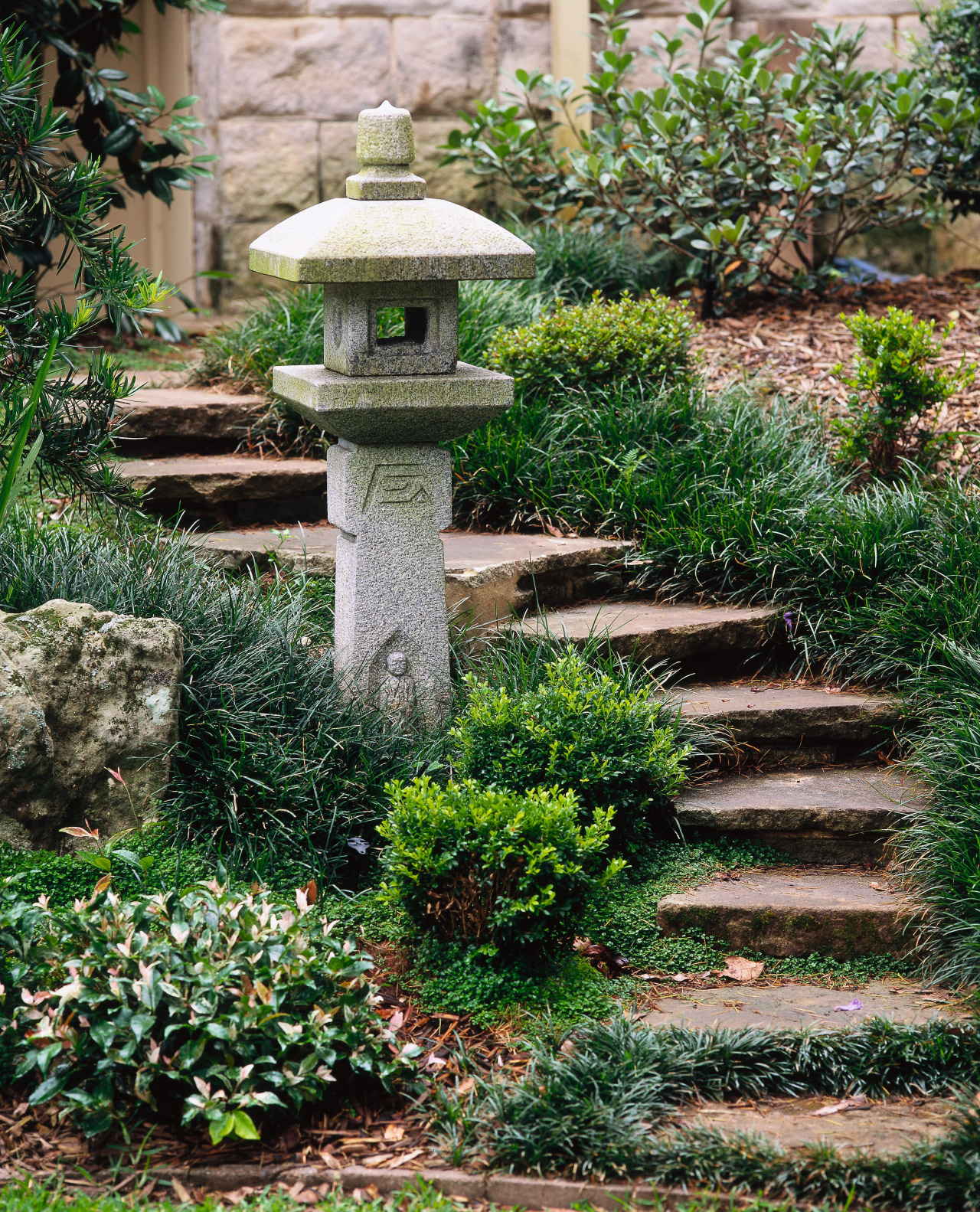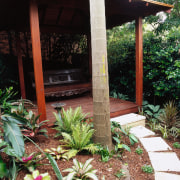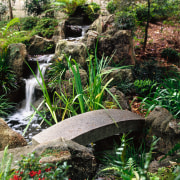Eastern repose
Japanese and Balinese gardens transform this outdoor living area into a lush, textured space suitable for contemplation and reflection
Plants chosen for their distinctive foliage can do more than just soften the edges of an outdoor environment. Imaginative planting has the potential to transform an exterior into an abundantly rich and textured environment.
When Ken Lamb of Imperial Gardens created this outdoor living area for a renovated 1950s home, he sought inspiration from Asia. The Japanese and Balinese gardens he designed feature a variety of exotic plants and decorative elements.
At the entrance to the house a Japanese garden with a natural water feature creates a dramatic first impression for visitors. Surrounding the waterfall, there is a range of planting such as Buddhist pine, mondo grass, azalea and magnolia.
"The planting is layered to follow the steps of the pathway and to reflect movement through the garden," says Lamb.
The pond is bordered by mossy bush rocks which create an established look. There is also a sloping pebble beach constructed partly underwater to create an illusion of depth.

"The entire arrangement is designed to represent cliffs, lakes and the seashore," says Lamb.
A slab of arched stone provides a bridge across the pond to complete an area designed for quiet reading and solitary contemplation.
Beside the pond, a Japanese Oribe lantern made from light-grey granite illuminates a pathway leading to the Balinese garden.
In contrast to the simplicity of Japanese design, this garden is colourful and varied. Initially inspired by existing tropical plants, Lamb has introduced many Balinese touches, such as the placement of decorative objects among the plants.
A terracotta bowl, placed inside a rejuvenated pond, is surrounded by distinctive plants such red cordyline and black taro.

A Balinese stone pathway leads to a covered seating area called a bale. Constructed from kwila timber, the structure has a traditional double angled roof. When seated on the Balinese daybed inside the bale, visitors can enjoy a view of three decorative panels placed on the house exterior and a collection of exotic plants directly in front.
Lamb says this previously unused part of the garden has been transformed into an intimate area in which the homeowners can entertain guests or just sit and appreciate the garden.
"The trend in landscape design is for textured foliage, ensuring plenty of visual contrast and enabling the creation of distinctive, individual areas."
Credit list
Landscape designer
Decorative elements and planting
Builder
Story by: Trendsideas
Home kitchen bathroom commercial design
Classic looks, contemporary efficiency
Diving into nature
Personality plus








